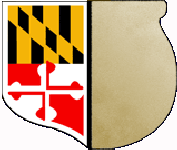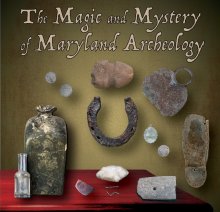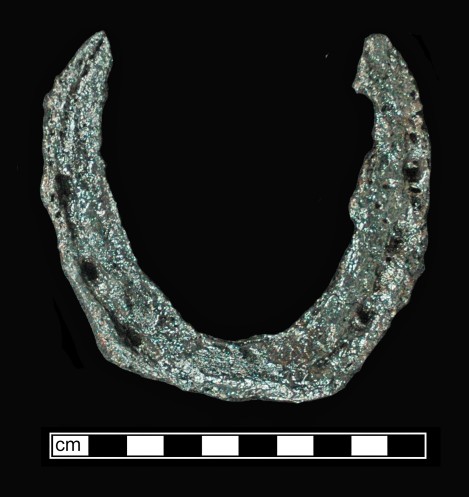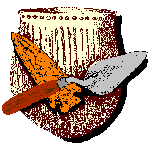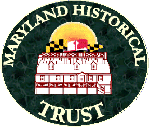“Magic” in anthropological terms, is anything people do to try to influence the supernatural. That includes personified supernatural forces like gods, ghosts, and ancestral spirits, and impersonal supernatural forces like luck. Usually when people try to influence the supernatural there is a clear end in mind and a ritualized procedure to follow. When you pick a penny up and say, “find a penny, pick it up, and all day long you’ll have good luck,” an anthropologist would classify that as a magic ritual.
There is a joke in archeology (a sub-discipline of anthropology) that any artifact of unknown purpose must be “ritual,” which is really code for “I have no other explanation.” That joke was born out of legitimate criticism, but it has scared some people away from considering ritual and magic in archeology. The burden of proof that something is “magic” is very high. However, it is a disservice to our understanding of past belief systems if we fail to consider possible ritual and magic uses of artifacts, especially if the context calls for it.
A perfect example is this horseshoe from the Smith’s St. Leonard plantation, which was occupied ca. 1711-1754. The default interpretation of a horseshoe is that it was used to shoe a horse, but historical records indicate that it was rare to shoe horses in Maryland prior to the 1750s because the soft clay soils did not require it. Over 200 units have been excavated at the site, resulting in over 450 boxes of artifacts from the main house, a kitchen, a laundry, at least three slave quarter buildings, a store house, and a stable. Only one horseshoe was found, and it was not near the stable, but in a kitchen cellar that was filled with debris from a remodeling episode. Horseshoes have a long history as objects placed on thresholds, near hearths, or in ritual concealments to ward off evil or bring good luck. Thus, history and context suggest that this horseshoe was a magical object.
It is not always possible to determine whether an everyday object was put to a magical purpose, and that is where the “mystery” of the “Magic and Mystery” theme comes in. There are many finds that might be evidence of magic, but there is no way to know with certainty. It is still worthwhile to consider the possibility though because it calls for an understanding of how the people who used these artifacts viewed the world. The following essays offer more examples of artifacts that offer insight into Maryland’s “magical” past.
Sara Rivers Cofield
Maryland Archaeological Conservation Laboratory
